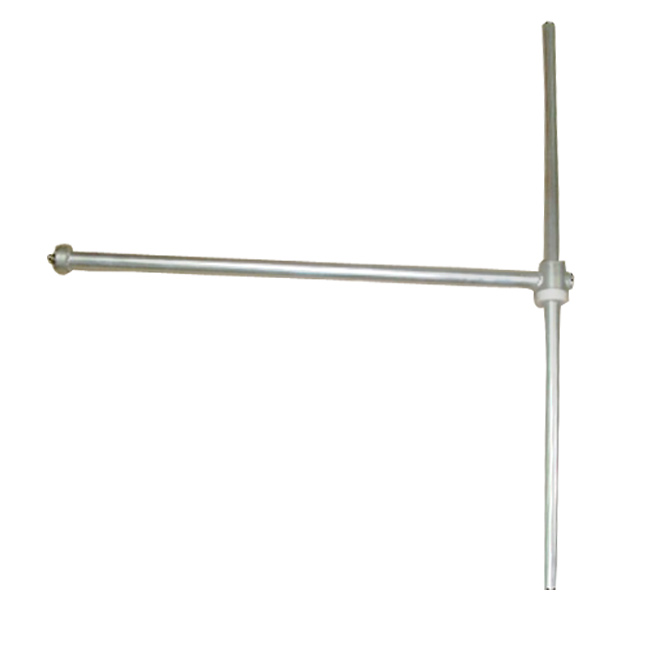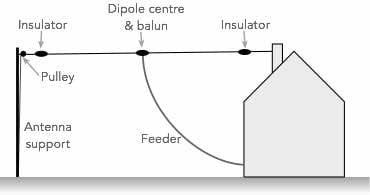Products Category
- FM Transmitter
- 0-50w 50w-1000w 2kw-10kw 10kw+
- TV Transmitter
- 0-50w 50-1kw 2kw-10kw
- FM Antenna
- TV Antenna
- Antenna Accessory
- Cable Connector Power Splitter Dummy Load
- RF Transistor
- Power Supply
- Audio Equipments
- DTV Front End Equipment
- Link System
- STL system Microwave Link system
- FM Radio
- Power Meter
- Other Products
- Special for Coronavirus
Products Tags
Fmuser Sites
- es.fmuser.net
- it.fmuser.net
- fr.fmuser.net
- de.fmuser.net
- af.fmuser.net ->Afrikaans
- sq.fmuser.net ->Albanian
- ar.fmuser.net ->Arabic
- hy.fmuser.net ->Armenian
- az.fmuser.net ->Azerbaijani
- eu.fmuser.net ->Basque
- be.fmuser.net ->Belarusian
- bg.fmuser.net ->Bulgarian
- ca.fmuser.net ->Catalan
- zh-CN.fmuser.net ->Chinese (Simplified)
- zh-TW.fmuser.net ->Chinese (Traditional)
- hr.fmuser.net ->Croatian
- cs.fmuser.net ->Czech
- da.fmuser.net ->Danish
- nl.fmuser.net ->Dutch
- et.fmuser.net ->Estonian
- tl.fmuser.net ->Filipino
- fi.fmuser.net ->Finnish
- fr.fmuser.net ->French
- gl.fmuser.net ->Galician
- ka.fmuser.net ->Georgian
- de.fmuser.net ->German
- el.fmuser.net ->Greek
- ht.fmuser.net ->Haitian Creole
- iw.fmuser.net ->Hebrew
- hi.fmuser.net ->Hindi
- hu.fmuser.net ->Hungarian
- is.fmuser.net ->Icelandic
- id.fmuser.net ->Indonesian
- ga.fmuser.net ->Irish
- it.fmuser.net ->Italian
- ja.fmuser.net ->Japanese
- ko.fmuser.net ->Korean
- lv.fmuser.net ->Latvian
- lt.fmuser.net ->Lithuanian
- mk.fmuser.net ->Macedonian
- ms.fmuser.net ->Malay
- mt.fmuser.net ->Maltese
- no.fmuser.net ->Norwegian
- fa.fmuser.net ->Persian
- pl.fmuser.net ->Polish
- pt.fmuser.net ->Portuguese
- ro.fmuser.net ->Romanian
- ru.fmuser.net ->Russian
- sr.fmuser.net ->Serbian
- sk.fmuser.net ->Slovak
- sl.fmuser.net ->Slovenian
- es.fmuser.net ->Spanish
- sw.fmuser.net ->Swahili
- sv.fmuser.net ->Swedish
- th.fmuser.net ->Thai
- tr.fmuser.net ->Turkish
- uk.fmuser.net ->Ukrainian
- ur.fmuser.net ->Urdu
- vi.fmuser.net ->Vietnamese
- cy.fmuser.net ->Welsh
- yi.fmuser.net ->Yiddish
The Most fundamental antenna elements:dipole antenna &dipole aeria
The dipole antenna or dipole aerial is one of the most fundamental antenna elements.
*Dipole Antennas Include:
*Dipole antenna basics
*Current & voltage
*Half wave dipole
*Folded dipole
*Short dipole
*Doublet
*Dipole length
*Dipole feeds
*Radiation pattern
*Build HF ham dipole
*Inverted V dipole
*FM dipole design
The dipole antenna or dipole aerial is one of the most important forms of RF antenna. The dipole can be used on its own, or it can form part of a more complicated antenna array.
The dipole aerial or antenna is widely used on its own, but it is also incorporated into many other RF antenna designs where it forms the radiating or driven element for the overall antenna.
The dipole is relatively simple in its basic implementation and many of the basic calculations are quite straightforward. It is easy to design a basic dipole antenna that will operate on the HF, VHF and UHF sections of the radio frequency spectrum. That said, in depth mathematical analysis can require more complicated mathematical methods.
Dipole antenna basics
The name 'di-pole' indicates that the dipole antenna consists of two poles or items – two conductive elements.
Current flows in these two conductive elements and the current and the associated voltage causes an electromagnetic wave or radio signal to be radiated outwards from the antenna.
Basic dipole antenna showing the feeder at the midpoint and antenna radiating sections either side.

Basic dipole antenna
As seen the antenna consists of a radiating element that is split into two separate conductor. These are normally on the same axis, and the dipole antenna is normally split in the centre. Power from a transmitter may be applied to be radiated, or power picked up by the antenna may be connected to a receiver. Normally the receiver or transmitter is connected to the dipole antenna via an intermediate feeder which enables the power to be transferred from one point to another.The length of the radiating elements determine many of the properties of the dipole antenna: its feed impedance, centre operating frequency, whether it is a resonant antenna, etc.. As such the dipole length is an important aspect of the dipole antenna parameters.
Basic half wave dipole antenna showing the length of the dipole with respect to a wavelength.

Basic half wave dipole antenna
The most common form of the dipole antenna is the half wave dipole which gains its name because its length corresponds to an electrical half wavelength. However many other types of dipole antenna re also available.
Half wave dipole antenna:
The half wave dipole antenna is the one that is most widely used . This type of dipole antenna is resonant, operating at a point where it is an electrical half wavelength long.
Multiple half waves dipole antenna:
Although the half wave dipole antenna is the most popular, it is possible to use a dipole antenna or aerial that is an odd multiple of half wavelengths long. The radiation pattern is very different, but it still operates effectively in this mode.

Folded dipole antenna:
As the name implies this form of the dipole aerial or dipole antenna is folded back on itself. Another half wave conductor is added in parallel with the original dipole elements so that one end is connected to the other presenting an DC short circuit. While still retaining the length between the ends of half a wavelength, the additional conductor enables the folded dipole to provide a higher feed impedance and wider bandwidth, both of which can be advantageous in many circumstances.
Short dipole:
As the name implies, the short dipole antenna is one where the length is much shorter than that of half a wavelength. Where a dipole antenna is shorter than half a wavelength, the feed impedance starts to rise and its response is less dependent upon frequency changes. Its length also becomes smaller and this has many advantages.
Non-resonant dipole:
A dipole antenna may be operated away from its resonant frequency and fed with a high impedance feeder. This enables it to operate over a much wider bandwidth.
Dipole antenna applicationsDipole antennas are used in many areas, both on their own and as part of more complicated antennas where they can form the main radiating element.
The dipole construction will depend upon the frequency, and also the way in which it will be used.
HF wire dipole:
The dipole was widely used as a wire antenna at MF and HF where its performance enabled signals to be transmitted and received on these frequencies. Even today the wire dipole is frequently used for HF transmitting as in the case of amateur radio, etc.

Typical example of an HF band dipole used for amateur radio
Typically the dipole was used as a half wave dipole, but on some frequencies a 3λ/2 version was also convenient as it enabled the dipole to be used at the fundamental frequency as well as at three times this frequency.
Part of Yagi antenna:
The dipole antenna forms the driven element within a Yagi antenna. Often a folded dipole is used because the 'parasitic' elements within the Yagi cause the dipole feed impedance to fall. Using a folded dipole typically ensures the impedance match is improved.
As omnidirectional vertical dipole:
The dipole antenna is often used on its own as a vertically polarised antenna (in this case the dipole itself is vertical rather than the more usual horizontal format) to provide omnidirectional coverage. Often it may be used in this fashion for private mobile communications.
Driven element within a parabolic reflector:
Parabolic reflector antennas need some form of driven element to radiate the antenna for the reflector to direct it in the required direction. Although a variety of radiating antenna types can be used, one option is the dipole antenna.
The dipole antenna is a particularly important form of RF antenna which is very widely used for radio transmitting and receiving applications. The dipole is often used on its own as an RF antenna, but it also forms the essential element in many other types of RF antenna. As such it is the possibly the most important form of RF antenna.
If you want to purchase any live streaming sets or FM/TV transmitter for drive-in services, please feel free to contact us by Email: [email protected].
You may also like
What is Half Wave Dipole Antenna / Aerial
How to make the simple DIY FM dipole antenna design
FU-DV2 High Gain FM Dipole Antenna+20m SYV-50-7 Feeder Cable
DP100 1/2 Wave FM Dipole Antenna+Cable

